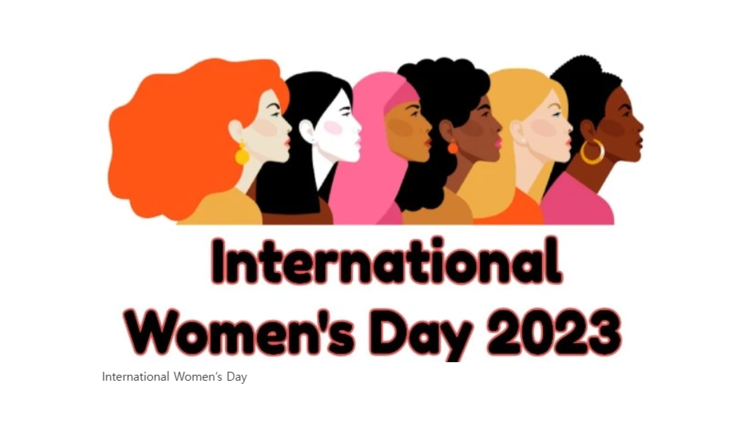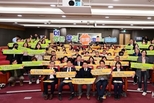
Newsnomics AJAY ANGELINA reporter | On March 8, people celebrate International Women's Day to give
respect, support, encouragement and empowerment to the women around the world. Every year, the month of March marks Women's History Month - an annual month-long celebration that highlights the contributions and achievements of women in the history.
Women's Day marks a call for a gender-equal world that is free of bias, stereotypes and discrimination and is diverse, equitable, and inclusive while differences are valued and celebrated. It observes cultural, political and
socioeconomic women-made achievements in various fields.
“Embrace Equity” or #EmbraceEquity”is the theme for International Women's Day for this year 2023, that
means each individual or group of people is given the same resources or opportunities.
The aim of the IWD 2023 #EmbraceEquity campaign theme is to get the world talking about 'Why equal
opportunities aren't enough' and its goal is to change systemic and structural barriers that get in the way of
people's ability to thrive.
"Equity isn't just a nice-to-have, it's a must-have”. Equity recognizes that each person has different circum-
stances and allocates the exact resources and opportunities needed to reach an equal outcome says the
website of the International Women’s Day (IWD).
Susan K. Gardner, the Dean of Oregon State University said, “Equality is giving everyone a shoe. Equity is
giving everyone a shoe that fits.”

The United Nation (UN) is celebrating “International Women’s Day 2023” with the theme “DigitALL: Innovation and technology for gender equality”. This theme is aligned with the priority theme for the upcoming 67th
Session of the Commission on the Status of Women (CSW-67), “Innovation and technological change, and
education in the digital age for achieving gender equality and the empowerment of all women and girls”.
The World Bank Group on this occasion 2023, is transitioning to the preparation of the “2024-30 WBG Gender Strategy Update” to be launched in early 2024, to find innovative solutions to help women and girls unleash
their human capital and become leaders, entrepreneurs, and agents of change for green, resilient, and
inclusive development.
WBG says, “Engaging women is key to development, including climate action. Women’s economic empowerment, in conjunction with girls’ education, family planning, reproductive and sexual health, and reduced
child marriage, can facilitate the transition to low-carbon economies, help improve resource use, and assist in
lowering environmental damage and land fragmentation, as well as increase resilience.”
Dr. Maya Angelou. Poet, educator, historian, best-selling author, actress, civil-rights activist, producer and
director says, "Each time a woman stands up for herself, without knowing it possibly, without claiming it, she
stands up for all women.
The strongest woman in the world is the one with a voice. Still there are barriers need to break down. There
are uncountable women still surviving with discrimination, harassment, force marriages, inequality, mistreat-
ment, illiteracy, prejudice etc. We all need continuous efforts to respect, support, encourage and empower all women around the world.
History and Origin of International Women Day:
The first Women’s Day was established on 28 February 1999 in the United States created in honor of the
garment workers’ strike of 1908 by women protesting against the harsh working conditions. Later in 1917,
women in Russia opted to protest and strike on the last Sunday of February under the slogan of “bread and
peace.”
UNESCO states, "The first National Woman's Day was observed in the United States on February 28, 1909.
which the Socialist Party of America dedicated in honor of the 1908 garment workers' strike in New York
where women protested against harsh working conditions.” In 1917, women in Russia chose to protest and
strike under the slogan "Bread and Peace" on the last Sunday in February (which fell on March 8 on the
Gregorian calendar). Their movement ultimately led to the enactment of women's suffrage in Russia."
Later in 1945, the charter of the United Nations came out for the first time and affirmed the principle of
equality between women and men, laying the foundation of Women’s Day and was termed as the first inter-
national agreement.
In 1975, during the Women’s Year, it was officially announced to celebrate Women’s Day on March 8
according to Happy Women’s Day History.










